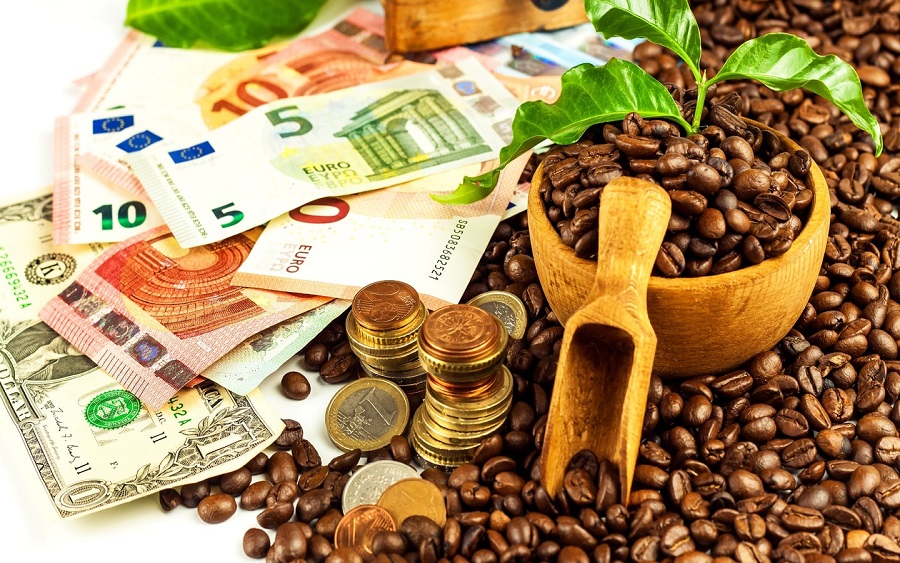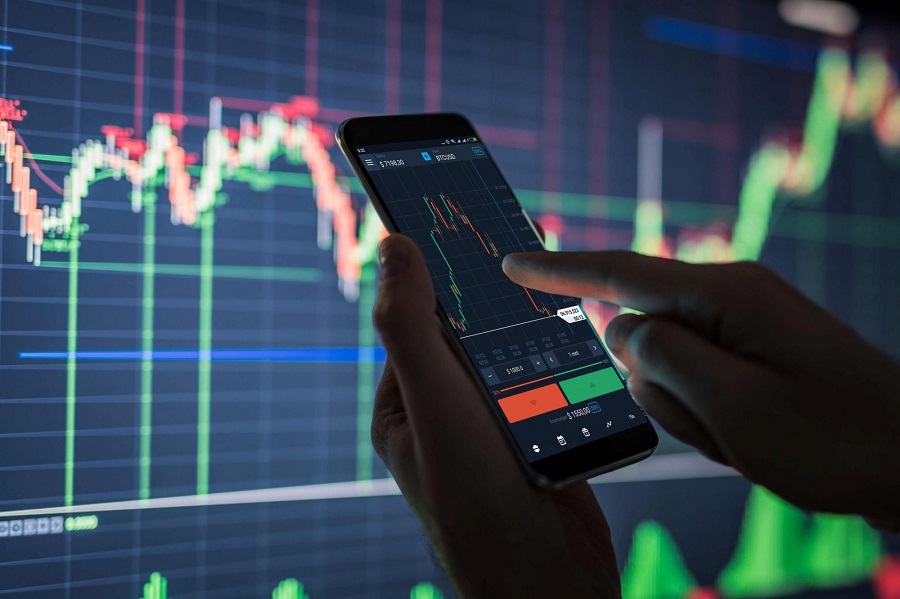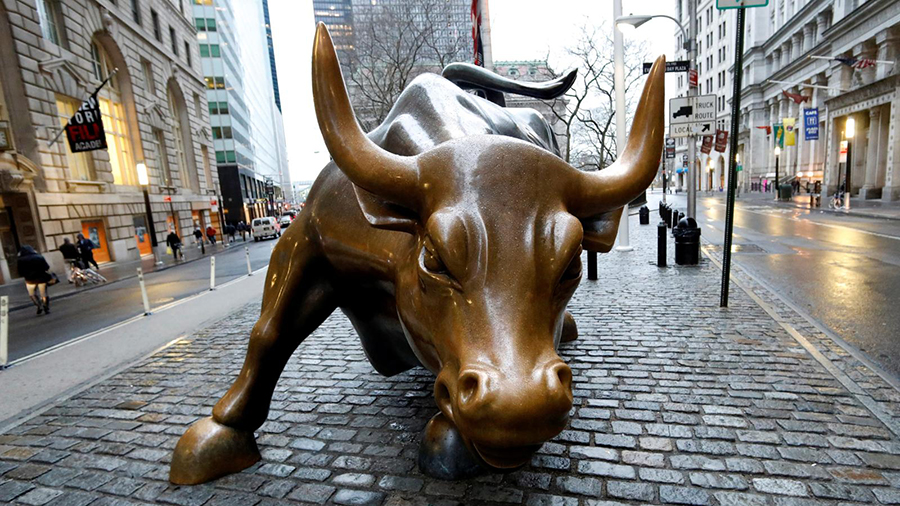Commodities are mostly generic, largely unprocessed, goods that can be processed and resold. They are usually agricultural and natural resource assets and range from rice to natural gas to gold. Commodities are typically not differentiated based on brands or benefits, i.e. gold from Kebbi is the same as gold from California.
Commodities are typically grouped into 4 main groups:
- Metals (e.g. gold and iron ore),
- Energy (e.g. crude oil and LNG)
- Livestock and Meat (e.g. live cattle)
- Agricultural (e.g. rice and cocoa)
Commodities are bought and sold purely on price. They are tradable assets, with prices set via interaction of demand and supply between a willing buyer and a willing seller on a commodity exchange.

Evolution of commodity trading
Commodity trading started off as sellers of commodities e.g. farmers converging on physical locations to trade their agricultural goods for cash from buyers. Prices were agreed, cash was exchanged on the Spot and contract for sale closed. “Spot” thus refers to a transaction for immediate delivery of goods specified in a contract and involves the immediate exchange of cash for commodities.
This spot trading evolved to the same farmers coming to the market to trade their expected harvest from their farms. Thus, a contract was drawn up, not for immediate delivery but for delivery in the future. Thus, buyers came to the market to buy Forward deliveries. These transactions were also settled, not for the physical goods but for the right to receive those physical agricultural goods from the farmers later, in exchange for payment today. The farmers put their goods on sale, and the buyers called out their intentions to buy.
[READ MORE: This simple advice could help solve your investment challenges)
A Forward contract specifies the transfer of ownership of a commodity at a future date in time. Both the farmer and buyer agree to terms on the contract including price, quantity, quality, delivery date and expiration date for contract. The contract is settled on the expiration date in the future by the farmer delivering his goods at that date.
The evolution of the commodities markets was complete when the initial buyers of the Forward Contracts from the farmers, sold their options and rights to receive those goods to other buyers. Thus, a secondary market was created where investors could come into these primary transactions and take positions on the future prices of commodity contracts, in effect, betting on the demand and supply of commodities. Most of these buyers were not end-users of the commodities, they simply traded to profit from price movements. The market to accommodate these investors offer them Options to buy and sell the commodity contracts in the future
Futures contracts are a type of Forward contract traded on organized exchanges. The commodity exchange formalizes the terms of the transfer. For instance, it sets the minimum quantity of say paddy rice that can be offered to be bid on and when that transaction will be settled.
The role of the commodity exchange thus becomes to standardize contract terms. This standardization in turn drives trading, price discovery and liquidity. Trading on an exchange also enables enforceability contracts that protect all parties.
Thus, we can summarize the function of the commodity markets as:
- Enabling price discovery
- Enhancing risk management by allowing buyers and sellers hedge against price fluctuations
- Guaranteeing performance by all parties
Trading commodities
Commodities trading are essentially betting on future demand and supply. If paddy rice today sells for N131,666 and an investor believes demand for rice will increase in the future, meaning an increase in prices in the future, then he can buy a Future contract at today’s price for future delivery or a call option. These positions give him the right to buy paddy rice in the future but at today’s price. If prices rise, the investor can thus buy at the lower price and sell his commodities at the higher price.
Notice, the investor is not looking at “fundamentals” of paddy rice, he is just focused on determining the future demand and supply direction of paddy rice.
Similarly, if the investor believes paddy rice supply will increase in the future, thus leading to a fall in prices, the investor can buy a Put i.e., an option to sell at today’s prices today in the future, thus if prices fall the investor can still sell at today’s higher prices in the future.
Keep in mind, buying an option gives the investor a right. If the investor sells an option, he is giving another investor and option to demand action from him.
Selling options is very risky
Commodity trading is about actionable information that can be translated to investment decisions. The commodity Investor only must make two decisions:
- Will the commodity demand rise or fall leading to a rise or fall in prices?
- What is the appropriate trade to make?
Thus, the commodities trader is macro focused, seeking demand and supply assumptions to guide investment choices. Will the weather affect harvest of cocoa? If rains will be high and harvests will be poor, then the investors take a position by buying calls on cocoa. If harvests will be bountiful, the investor can sell puts on cocoa.

Why invest in commodities?
- Commodities are not correlated with traditional asset cases such as Bonds and Equities. Goldman Sachs calls Commodities a “portfolio enhancer.” According to the investment bank[1] “Commodities are significantly negatively correlated with both Bonds and Equities, implying that even a small allocation to commodities will reduce portfolio volatility.”
- Commodities provide a hedge against inflation, as they perform well during periods of rising inflations. Primarily because the Commodities producers also raise prices to ensure their assets keep pace with inflation.
[READ ALSO: How to build up your investment knowledge)
How do you invest in commodities?
- Investing directly in the commodity, e.g. buying soybeans.
- Investing via Derivatives, e.g., Futures and Options contracts.
- Buying shares of exchange-traded funds (ETFs) that trade in commodities.
- Buying shares of stocks in companies that produce commodities
[1] The Case for Commodities as an Asset Class. GS 2004























Thanks for the update . KINDLY Enlarge the scope of this discussion to the exchanges that one can trade on and how to hedge trading commodities. Thanks
Good read. Thanks. How profitable is trading on a platform with low volume?